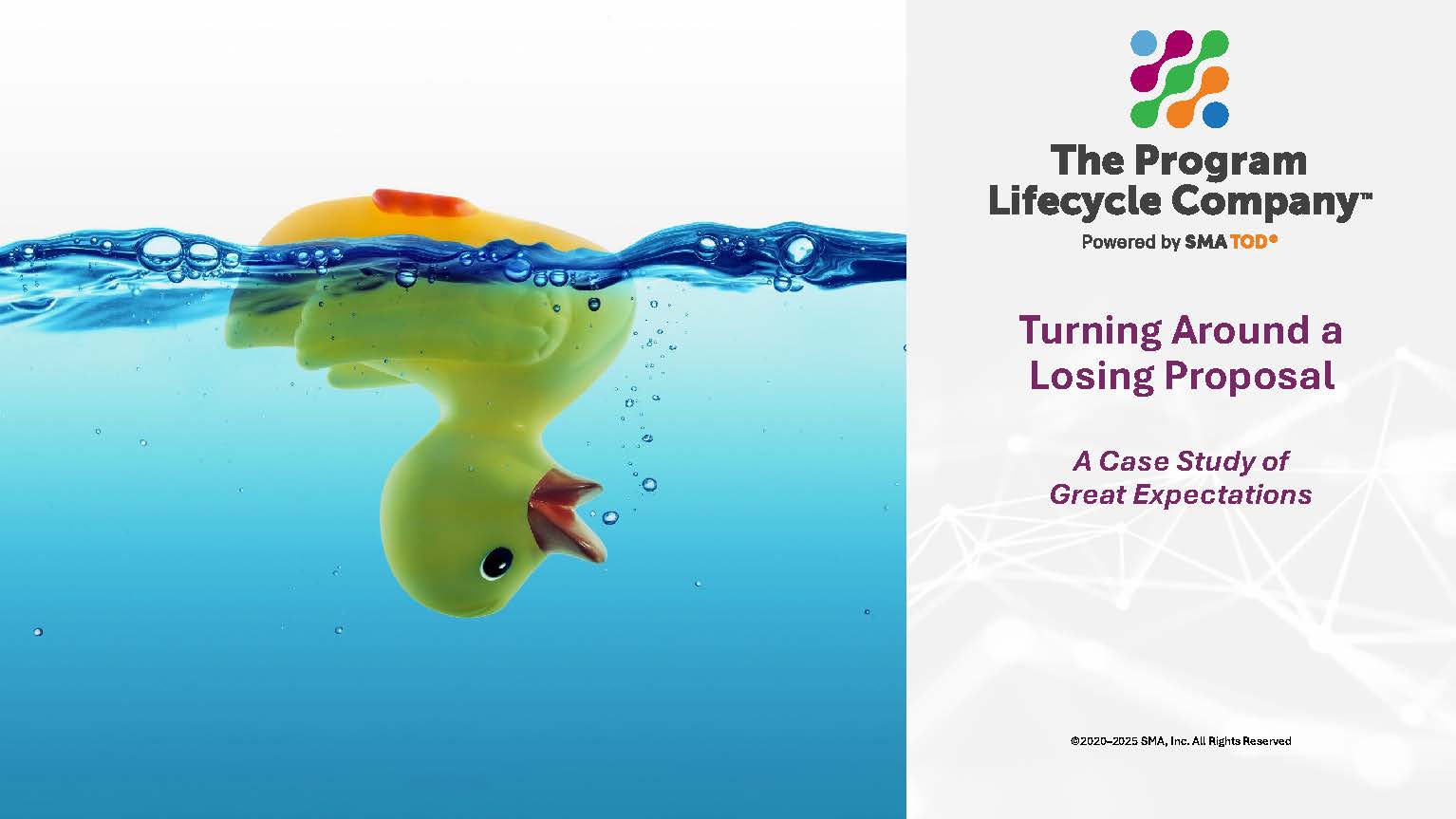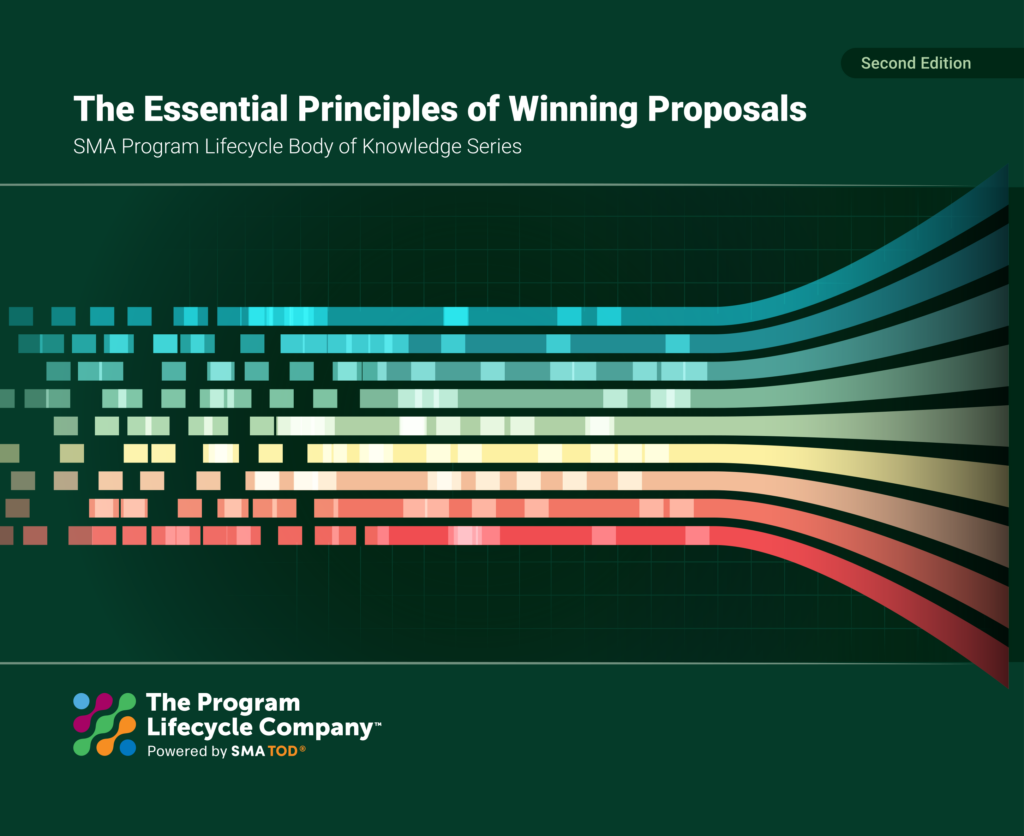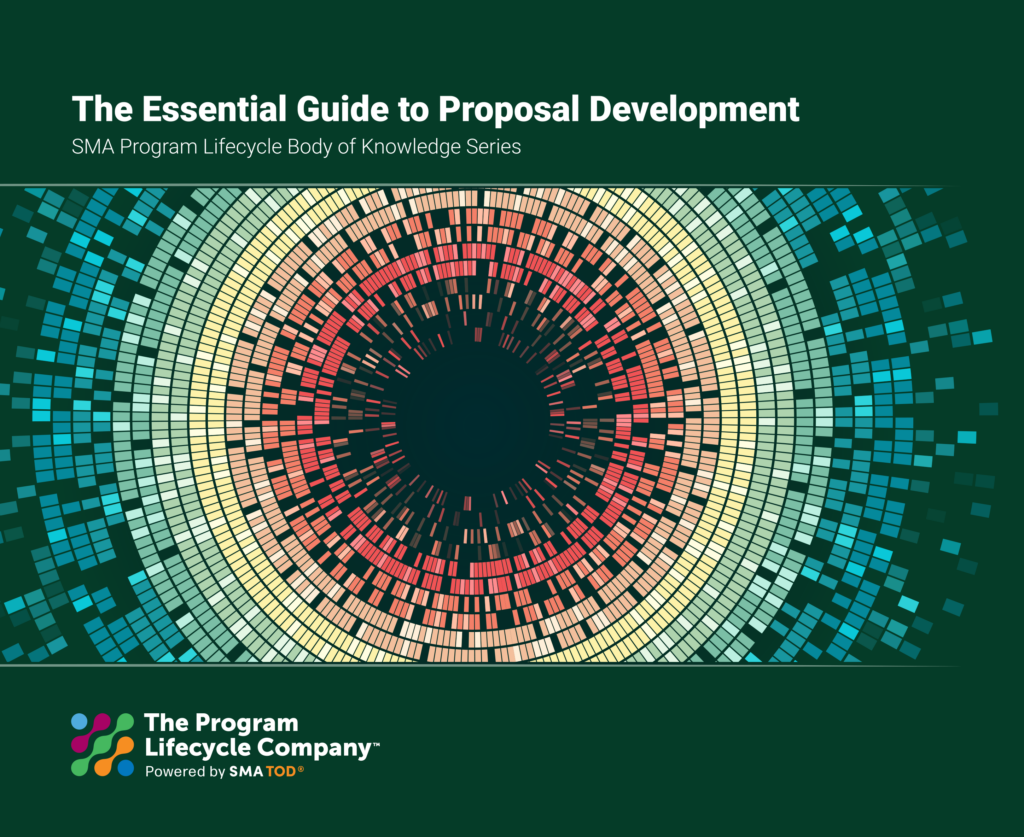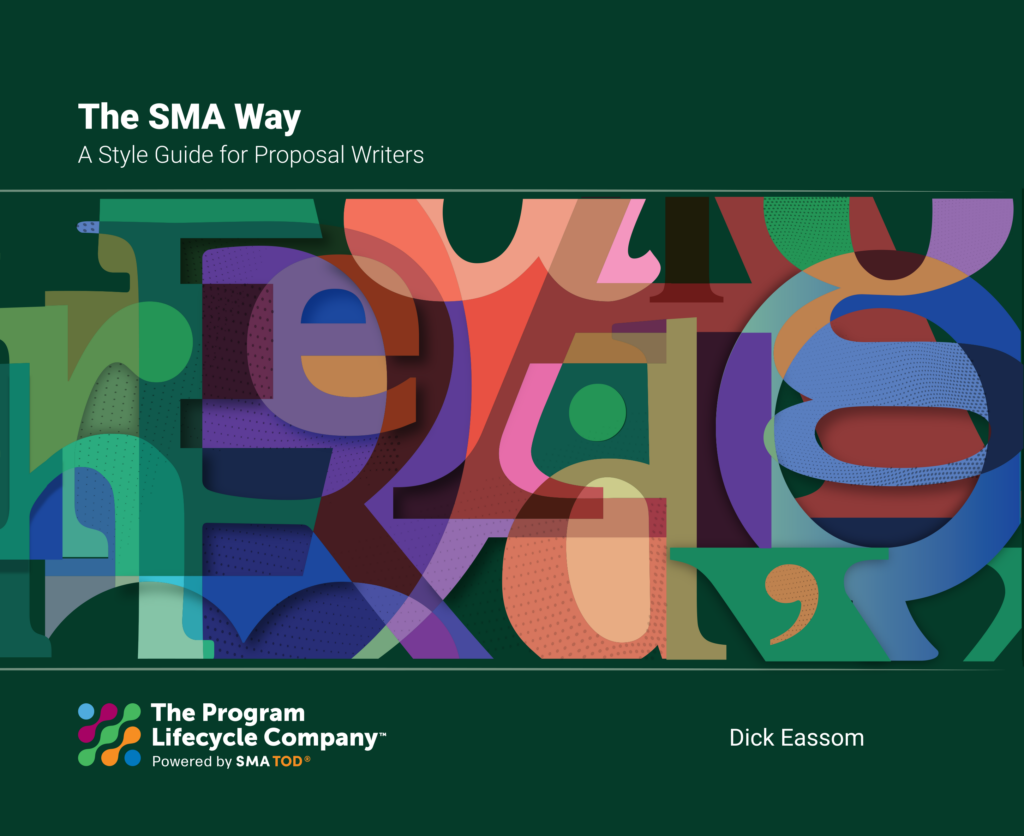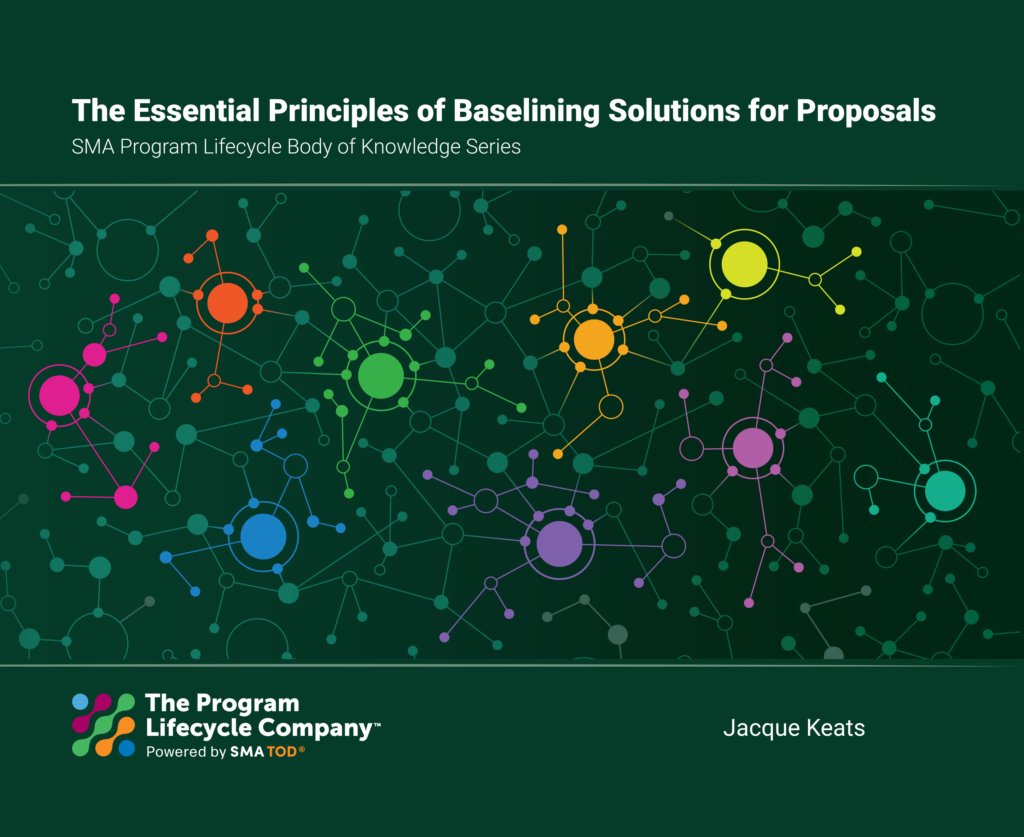Turnkey Proposals
Proposal Management & Development: The SMA Way™
Your success in proposal management and development starts with a process that works. We built ours on decades of experience to help you win with confidence.
Proposal management and development processes began in the 1960s with industry pioneers. In the 1980s, we added a unique method: mapping systems engineering to proposal development. That innovation still gives you a competitive edge today.
While others chase trends and tools, you need a process that delivers consistent results. Our method keeps you focused on what matters and why it works.
When you work with our proposal experts, you don’t just get templates. You gain a team that understands every review, artifact, and requirement. We help you refine your current process and strengthen your team’s performance.

Our Five-Step Authoring Method

The SMA Way keeps your proposal compliant and compelling. Daily check-ins with authors ensure every section supports your strategy and stays on track.
SMA Proposal Process Products
Module Specifications (Mod Specs) and Story Maps ensure author agreement and understanding of the proposal section requirements. The Proposal Manager reviews both to ensure the correct allocation of top-level messaging and artwork to the assigned number of pages.
AMU
Annotated Mock-Ups (AMUs) build on the Mod Specs and Story Maps by focusing on preparation of graphics and messages in bullet form.
Pink Team Review
The Pink Team Review ensures compliance with solicitation requirements, evaluates developing figure and table content, confirms themes have been incorporated, strengths are emphasized, and discriminators clearly highlighted.
Module Draft
Authors incorporate Pink Team recommendations and comments as they write draft text and further mature artwork. As they develop their Module Drafts, the Proposal Manager reviews content to validate incorporation of Pink Team direction and support continuing development of a consistent and compelling presentation.
Red Team Review
The Red Team Review simulates the source selection evaluation process with particular focus on RFP compliance. We also solicit recommendations to improve presentation clarity and compliance. All written Red Team comments are recorded, and each undergoes disposition by the author, with approval from the Proposal Manager.
Final Draft
After incorporating Red Team comments, we compile the Final Draft for your management review and subsequent submission.
Orals
Orals presentations may be required to supplement proposal volumes or may be the only method by which a customer may evaluate an RFP response. We tailor our process for developing an oral presentation based on existing content to capitalize on the written documentation.
Post Submittal Activities
These may include responding to customer requests for clarifications and evaluation notices. If entering discussions, this may require updates to specified proposal sections or resubmission of the entire proposal, as amended, including highlighting any changes.
Process Tailoring for Proposals
For smaller or less complex bids, we help you tailor the process. You use fewer resources without giving up quality. For example, if your content is mature enough, we may replace a full Pink Team review with an informal session. Everything we do aims to help you win without wasting time.
Let SMA support your Proposal Management & Development. You’ll win more.
Our Books
Our Program Lifecycle Body of Knowledge series of books provide important resources for proposal managers and developers! Click a book for more information:SMA Proposal Development Solutions

Proposal Writers
We have experienced proposal writers with domain and end-customer knowledge for every type of proposal volume
Basis of Estimate (BOE) Development
Let us help you build a compelling story for your price position
Proposal Process Training
Improve your proposal team's capabilities with our affordable onsite or virtual training
Color Teams & Independent Assessments
Our independent review ensures your proposal compliant, credible, and compellingDownload our Presentations

Are We Stuck in the Past?
In this presentation, SMA President and CEO, Ajay Patel, CF APMP, asks if we have neglected proposal text by focusing too much on the graphics. Do we need to re-emphasize proposal text as the cohesive glue that binds the graphics and tells our story?